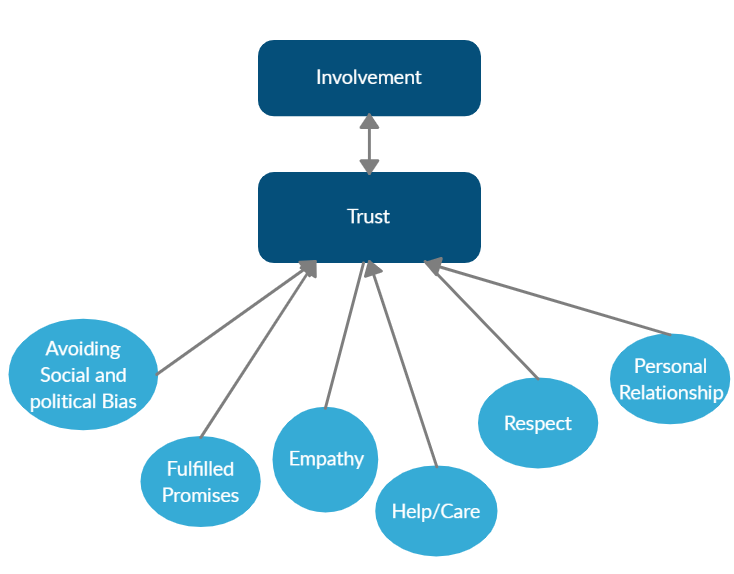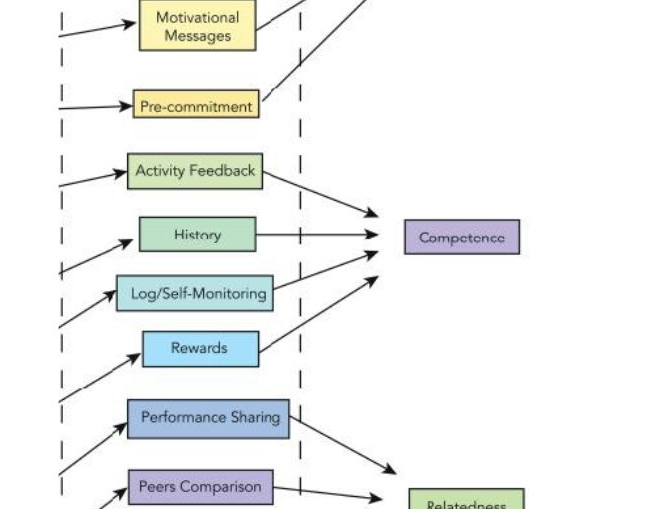Agile moves fast. Ethnography moves deep. So... how do you get them to work together without one pushing the other out?
It’s a tension I’ve run into more than once. Product teams want continuous delivery and quick feedback loops. But the users? Their needs don’t always show up in a sprint retro. Especially if they’re from underserved or complex contexts. That’s where ethnography matters. It’s not about slowing things down - it’s about anchoring decisions in actual lived experience.
What even is ethnography in UX?
You don’t need an anthropology degree to do ethnography. At its core, it’s about spending time with people, in their context, noticing the things they don’t say on a survey. The awkward workaround. The thing they skip. The part they complain about, then immediately apologise for.
When I worked on educational tools for displaced learners, ethnography didn’t mean sitting quietly with a notebook. It meant talking to parents during drop-off. Watching how kids shared tablets. Listening to the chaos and the care. And letting that messiness shape the questions we asked in workshops later.
Before we get to that, I want to quickly say - this doesn't always have to happen face-to-face. In the Unboxed festival project (can be found in my project portfolio), where we were researching across 10 cities, we leaned a lot on online ethnography. That meant diving into local Facebook groups, forums, WhatsApp conversations, and community archives. It wasn’t passive scrolling - it was focused observation. Who was talking, what were they proud of, what kinds of stories were missing. We used those insights to shape both our workshops and the themes we prioritised with creatives. That kind of remote contextual work gave us nuance we’d never have got from interviews alone.
How we made it fit inside Agile
Here’s what worked:
▪ We reframed ethnographic insight as exploration, not just validation. Teams could use it early on to frame the sprint’s "why".
▪ We layered slow data (contextual stories, environment notes) alongside quick ones (survey results, analytics).
▪ Instead of writing reports, we brought stories into stand-ups. Like, “this person we met yesterday tried the feature, but used it in a way we hadn’t thought of... here’s what happened.”
▪ We treated insights as seeds, not requirements. It helped us stay open.
Why it matters
In fast-moving orgs, there’s a risk of solving symptoms, not systems. Ethnography helps you catch what’s beneath the behaviour. Not just what users do, but why they do it. What they hope for. What they’ve given up on. And how your product fits into the small, messy details of their lives.
No, it doesn’t always fit neatly into a sprint. But if you give it even a small place in your practice, it pays back in better framing, clearer priorities, and fewer assumptions down the line.
Ethnography won’t slow your team down. It’ll slow your assumptions down. And that’s usually what needs slowing.
Should I share a few examples of lightweight ethnographic methods you can plug into a fast delivery cycle?



